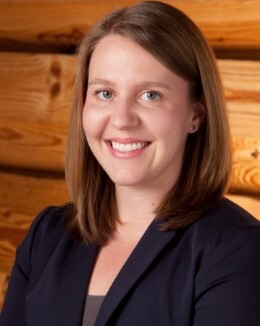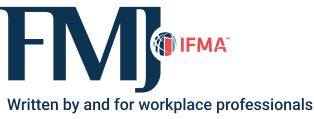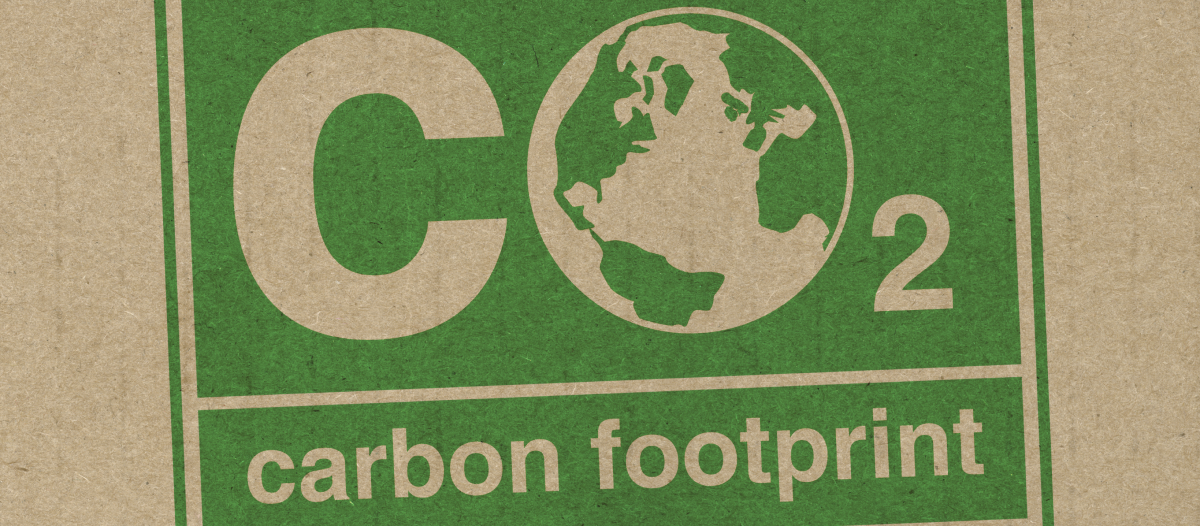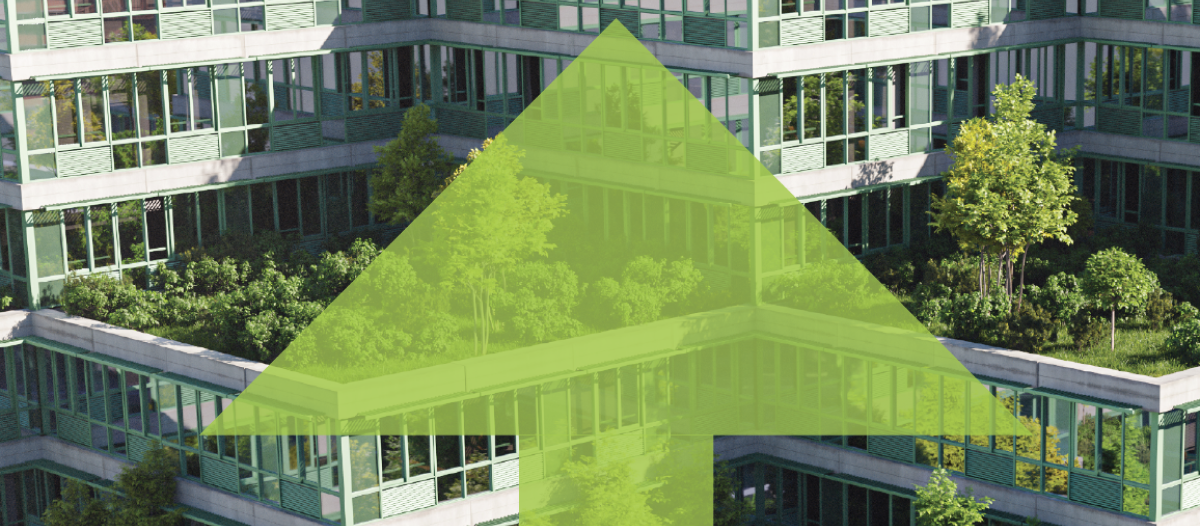Building Envelope Campaign
Year 2 update

 IFMA has been an Organizing Partner of the Better Buildings Building Envelope Campaign (BEC) since its launch in 2020. Affiliated with the U.S. Department of Energy’s Better Buildings Initiative, the BEC recognizes participating buildings for their high-performing (and therefore energy- and cost-saving) building envelopes. In its first year, the BEC recognized 14 projects. Organizing Partners, including IFMA, the American Institute of Architects (AIA) and the International Institute of Building Enclosure Consultants, have provided invaluable guidance and support since the campaign’s inception. Thirteen additional buildings are expected to be recognized in the BEC’s second year.
IFMA has been an Organizing Partner of the Better Buildings Building Envelope Campaign (BEC) since its launch in 2020. Affiliated with the U.S. Department of Energy’s Better Buildings Initiative, the BEC recognizes participating buildings for their high-performing (and therefore energy- and cost-saving) building envelopes. In its first year, the BEC recognized 14 projects. Organizing Partners, including IFMA, the American Institute of Architects (AIA) and the International Institute of Building Enclosure Consultants, have provided invaluable guidance and support since the campaign’s inception. Thirteen additional buildings are expected to be recognized in the BEC’s second year.
BEC’s award thresholds for leadership in building envelope energy efficiency remain the same as last year. For retrofit projects, the building may be recognized if the building envelope performance (BEP) value demonstrates a 30 or 50 percent improvement over the pre-retrofit building. For new construction projects, the building may be recognized if the BEP value demonstrates a 20 or 40 percent improvement over the relevant code. At the discretion of BEC team, honorable mentions may still be awarded to projects measured below these thresholds.
Year 1 Awardees
BEC’s inaugural year recognized U.S. buildings from the health care, education, commercial and industrial sectors, representing 1.5 million square feet of conditioned floor area and an expected annual energy savings of 9 million kBtu.
New Construction: Novel 40 Role Model Awardee
-
BCH Lafayette Community Medical Center MOB 2, Boulder Associates, Colorado
New Construction: Novel 40 Awardees
-
Athens County EMS Station #51, Athens County, Ohio
-
BVSD Education Center, Boulder Valley School District, Colorado
-
Catalyst, McKinstry, Washington
-
Credit Human Headquarters, Credit Human Federal Credit Union, Texas
-
Vergennes Community Housing, Evernorth, Vermont
New Construction: Novel 20 Awardees
-
Industrial Center Building Addition, Fermi National Accelerator Laboratory, Illinois
-
Lubber Run Community Center, Arlington County, Virginia
-
Plant Sciences Building, Flad Architects, North Carolina
-
Vermeer – New Plant 7, Vermeer Corp., Iowa
Retrofit Project: Retro 50 Awardees
-
AGU, American Geophysical Union, Washington, D.C.
-
ASHRAE World Headquarters, American Society of Heating, Refrigerating and Air-Conditioning Engineers, Georgia
-
Prairie Trails School, FGM Architects, Illinois
Retrofit Project: Retro 30 Awardee
-
Building 246, EYP Architecture and Engineering, Virginia
Year 2 trends
Year 2 has been markedly different for the campaign. Thanks to an engaged network of Organizing Partners, Participants (building owners/managers) and Supporters (manufacturers, energy service companies and researchers), the BEC spent less time on marketing and outreach. Enrollment of Participants and Supporters continues to climb; as of late April the campaign has 100 registered Supporters and 93 registered Participants.
One Participant was able to submit in both Year 1 and Year 2, and other Participants submitted multiple buildings in Year 2, such as multiple projects in a single school district or multiple buildings on a college campus. Overall, the largest shift was in building types. While Year 1 awardees were mostly new construction projects, with only a few retrofit projects, the opposite is true of the submittals for Year 2, which comprise mostly retrofit projects with only a few new construction projects (This may be a result of supply chain issues due to the COVID-19 pandemic.)
Tool Updates
In response to user feedback received over the course of the campaign, the BEC team has made several updates to the assessment tool.
Exterior Insulation and Finish Systems (EIFS)
A checkbox was added so that users could indicate whether their building used EIFS, a type of continuous insulation that had not previously been included in the assessment tool. According to the definitions of the International Building Code and ASTM International, an EIFS is a non-load bearing, exterior wall cladding system that consists of an insulation board attached either adhesively or mechanically, or both, to the substrate; an integrally reinforced base coat; and a textured protective finish coat. EIFS are in full compliance with modern building codes, which emphasize energy conservation using continuous insulation and a continuous air barrier. Both these components are built into today’s EIFS products to provide maximum energy savings and reduced environmental impact over the life of the structure.
Cost
A section was also added to facilitate the collection of cost information. However, the BEC team acknowledges that parsing the cost information for technologies within a large construction project can be extremely difficult to perform accurately. Because of these difficulties, a text box allows participants to provide expanded explanation, in addition to the simpler option to enter dollar amounts for each of the four areas of the building envelope that the campaign emphasizes: walls, windows, roof and airtightness. This data is being collected to better determine return on investment for particular envelope technologies, as well as drafting more complete and useful fact sheets on Year 2 awardees.
New role model awards
During Year 1, a single Role Model award recognized projects showcasing new and/or impressive envelope technologies. In Year 2, the campaign is offering two separate awards: Technology Role Model and Equity Role Model. The Technology Role Model award has the same criteria as the Year 1 Role Model awards and seeks to recognize envelope technologies that go beyond industry standards. The Equity Role Model award is new and is a direct result of President Joe Biden’s Justice40 initiative. With guidance from Organizing Partners, the Better Buildings Initiatives and DOE, the campaign added the new award to acknowledge submittals that are improving energy equity in the building stock in the U.S. Because this is the first year the award is being offered, and to ensure that the campaign was not being accidentally exclusionary, Participants were asked to self-identify if they felt their building should be considered for this award, based on building function, location, community served and other factors.
Carbon footprint reduction
The assessment tool includes a carbon footprint reduction estimator that is based on the building’s zip code and primary heating source. Reduction in carbon dioxide emissions represents an estimate based on the decrease in operational energy associated with improvements to the building envelope specified in the new or retrofit construction. It does not represent the overall reduction or change in carbon dioxide emissions of the building or the change in embodied carbon of the building materials.
Collaborating with other campaigns
During Year 2, the BEC worked more closely with additional Better Buildings and DOE Technology Campaigns, with the goal of sharing resources and networks. Specifically, as the number of active campaigns has grown, the team has used the time of Participants and Supporters more efficiently. Instead of each campaign running its own webinar series, for example, a three-part webinar series was hosted to share technical assistance and recognition opportunities through four of DOE's Technology Campaigns: the Building Envelope Campaign, the Efficient and Health Schools Campaign, the Integrated Lighting Campaign and the upcoming Storm Window and Insulating Panel Campaign. Each webinar was tailored to one of the following audiences: schools and educational facilities, multifamily buildings and historic buildings. The content is evergreen and hosted on the Better Buildings Solution Center website as a continuously available resource for current and future Supporters and Participants.
The Building Envelope Campaign is anticipated to continue for a third year and will recognize additional buildings in 2023 for their high-performing envelopes. For more information about the BEC, upcoming events and resources, visit ec.ornl.gov.

Hayley McLeod, MSPP, served as the lead for the Building Envelope Campaign from 2020-2022. McLeod has been working with sustainability in the built environment for almost 10 years. She holds a master’s degree in public policy (with a concentration in environmental policy) from the Georgia Institute of Technology and a bachelor’s degree in biology from the University of South Carolina–Columbia.
References
Read more on Sustainability and Real Estate or related topics IFMA , Carbon Footprint and Sustainable Facility
Explore All FMJ Topics









